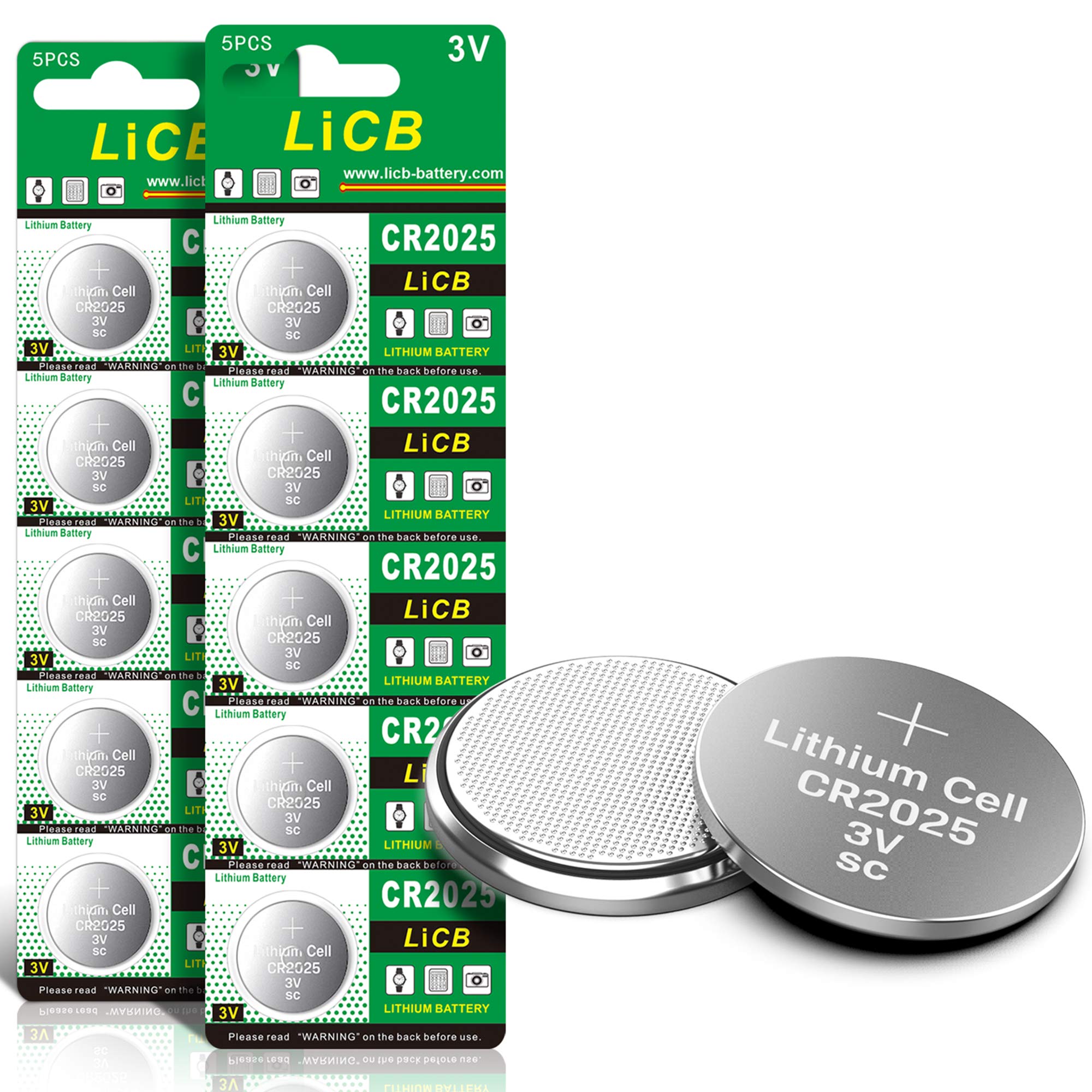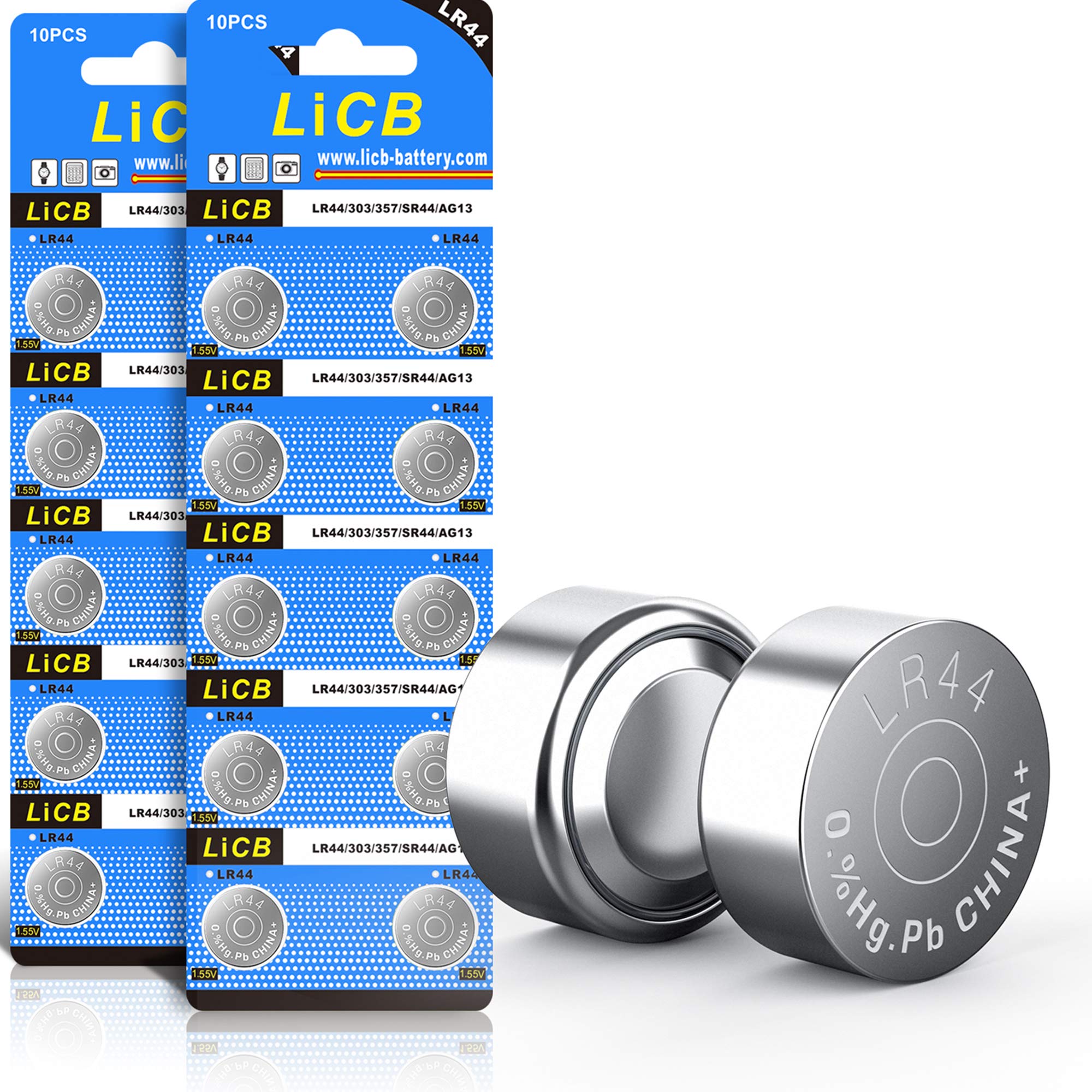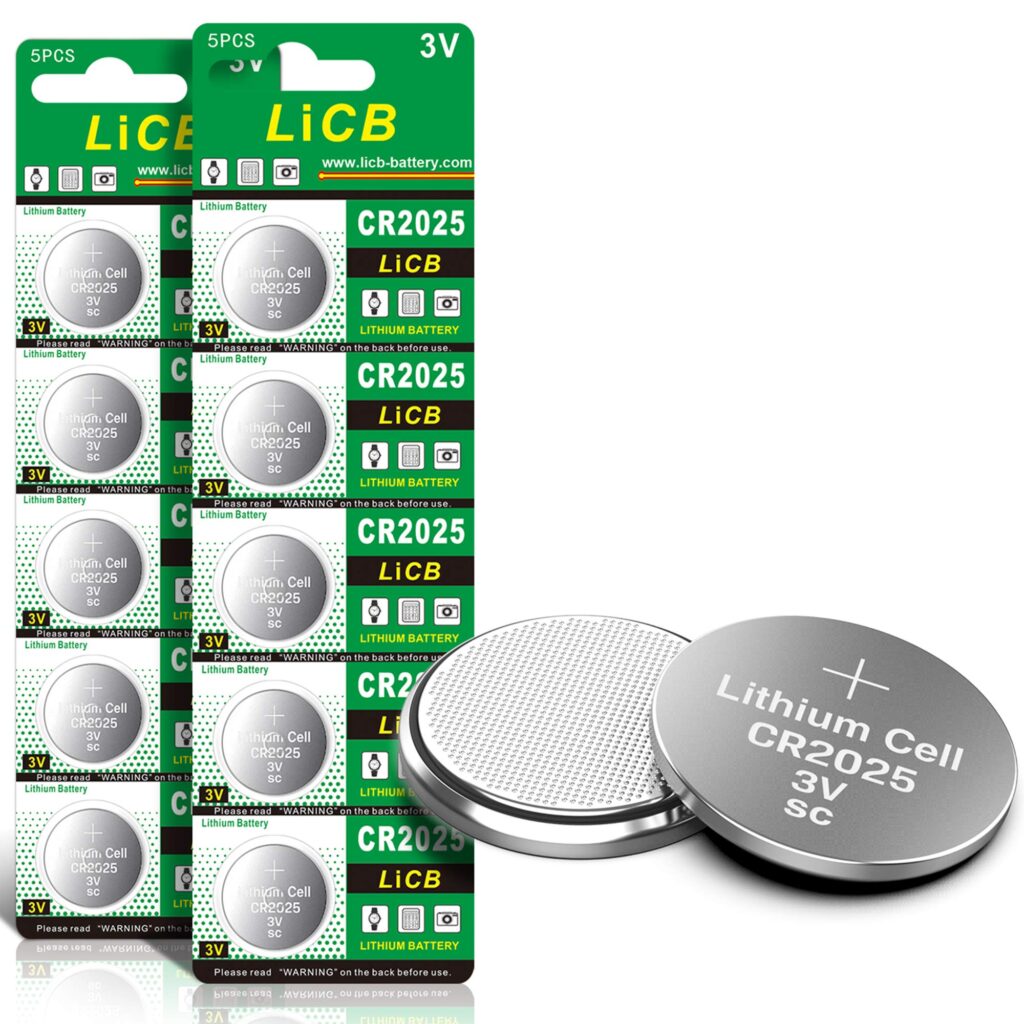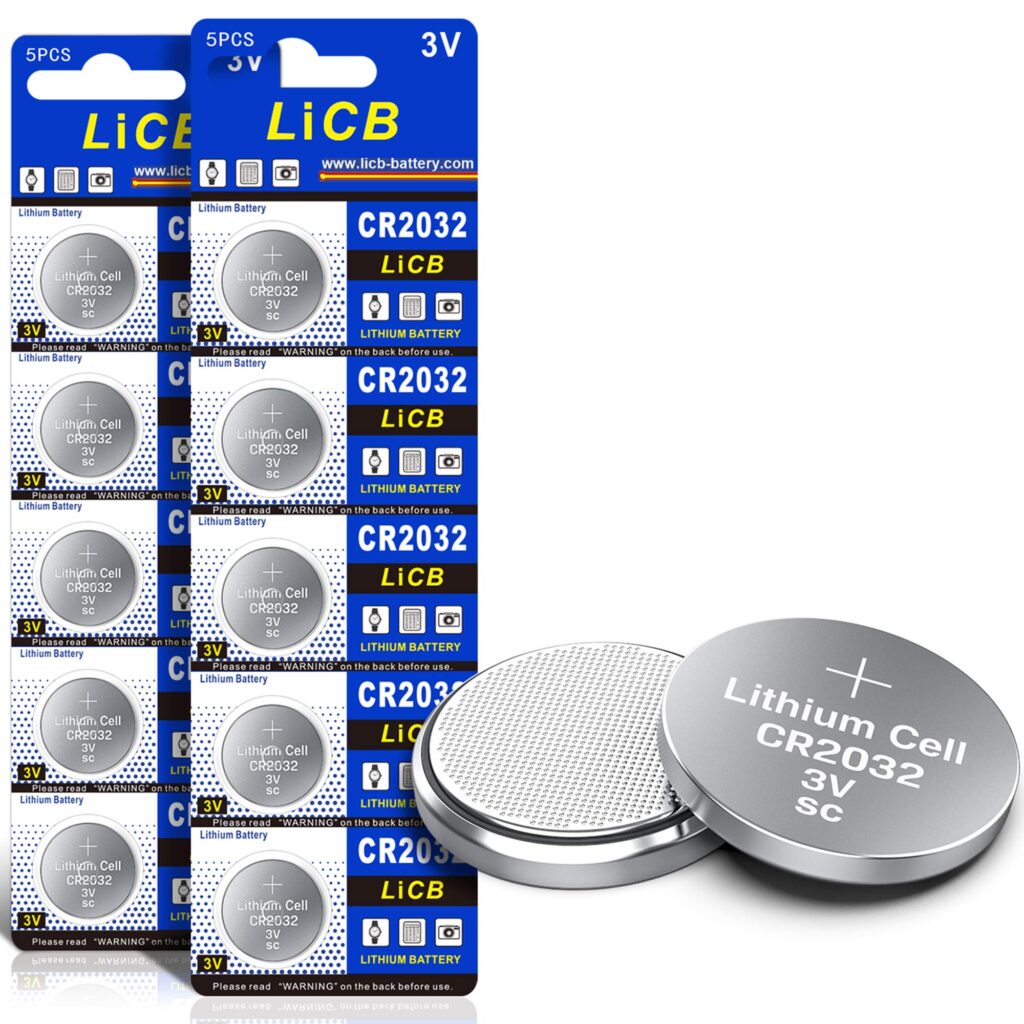In the world of small electronics, choosing the right battery is crucial to ensure optimal performance and longevity of your devices. Two popular choices in this arena are the CR2025 and the LR44 batteries. Both have unique features that cater to different needs, making them suitable for various applications. The CR2025 is a lithium coin battery often used in devices requiring long-term, low-drain power, such as watches, calculators, and certain remote controls. On the other hand, the LR44 is an alkaline button cell battery, frequently used for devices like toys, laser pointers, and small flashlights that demand short bursts of high power.
Understanding the distinctions between these two batteries is important for selecting the right one for your needs. This article will provide a detailed comparison of the CR2025 and LR44 batteries, highlighting their features, specifications, and performance attributes.
Detailed Comparison Table
| Feature | CR2025 | LR44 |
|---|---|---|
| Image |  |
 |
| Type | Lithium Coin | Alkaline Button |
| Voltage | 3V | 1.5V |
| Diameter | 20mm | 11.6mm |
| Height | 2.5mm | 5.4mm |
| Capacity | ~170mAh | ~110mAh |
| Common Uses | Watches, calculators, remote controls | Toys, laser pointers, small flashlights |
Informative Explanation of Features and Specifications of Both Products
CR2025 Battery
The CR2025 battery is a lithium coin cell battery, characterized by its 3V output and compact size of 20mm in diameter and 2.5mm in height. With a capacity of approximately 170mAh, it is designed for devices requiring reliable, long-term power with low-drain usage. The high voltage and stable discharge make it ideal for precision electronics like watches and certain medical devices. Its lithium chemistry offers a longer shelf life compared to alkaline counterparts, often lasting up to 10 years when stored properly. Additionally, the CR2025s flat, round shape allows it to fit seamlessly into slim and compact electronic devices.
LR44 Battery
The LR44 battery is an alkaline button cell, providing 1.5V and featuring a smaller diameter of 11.6mm with a height of 5.4mm. Its capacity is around 110mAh, making it suitable for devices that require short, intense bursts of power. Alkaline chemistry allows it to deliver a high-power output rapidly, which is advantageous for devices like toys and laser pointers. However, it has a shorter shelf life compared to lithium batteries, typically around 3-5 years. Despite its lower capacity, the LR44s design is optimized for applications where size constraints and high energy output are critical.
Differences Between Products
While both the CR2025 and LR44 batteries are designed for small electronic devices, they cater to different needs due to their distinct chemical compositions and physical dimensions. One of the primary differences lies in their voltage output; the CR2025 provides a steady 3V, whereas the LR44 offers 1.5V. This difference makes the CR2025 more suitable for devices that require a consistent, low-drain power source over extended periods.
Another notable difference is in their sizes. The CR2025 is larger in diameter (20mm) but thinner (2.5mm), making it ideal for flat, compact devices. In contrast, the smaller diameter (11.6mm) and thicker (5.4mm) build of the LR44 allow it to fit in devices where vertical space is less of a concern but lateral space is limited.
Chemistry also plays a pivotal role; the lithium-based CR2025 offers a longer shelf life and stable discharge, whereas the alkaline-based LR44 provides rapid power delivery. This makes each battery preferable for different types of applications, depending on the power demands and device design.
Pros and Cons Section
CR2025 Battery

Pros:
– Higher voltage (3V) suitable for precision devices.
– Long shelf life, up to 10 years.
– Stable discharge ideal for low-drain applications.
– Compact and flat design fits slim devices.
Cons:
– Not suitable for high-drain devices.
– Typically more expensive than alkaline batteries.
LR44 Battery

Pros:
– Delivers high-power output quickly.
– More affordable than lithium batteries.
– Suitable for devices requiring short bursts of power.
Cons:
– Shorter shelf life, around 3-5 years.
– Lower voltage (1.5V), limiting use in some devices.
– Not ideal for prolonged, consistent power needs.
Performance Evaluation and User Experience
When evaluating performance and user experience, the CR2025 and LR44 batteries exhibit distinct advantages based on their intended applications. Users of CR2025 batteries often praise their reliability in maintaining consistent power levels over extended periods. This makes them ideal for timepieces and medical devices where precision is critical. The longer shelf life also means users can store these batteries without worrying about frequent replacements, contributing to a positive user experience in terms of both performance and convenience.
On the other hand, LR44 batteries are favored for their ability to deliver quick bursts of energy, particularly in toys and small electronics requiring intermittent power. Users appreciate the immediate power delivery, which ensures these devices function optimally without delay. However, the need for more frequent replacements due to the shorter shelf life and lower capacity can be a downside, particularly for those seeking a more maintenance-free solution.
Both batteries perform well within their respective niches, with the CR2025 excelling in long-term, low-drain applications and the LR44 shining in high-drain, high-power applications. User satisfaction largely depends on choosing the right battery for the specific requirements of their devices.
Final Recommendation and Conclusion
In conclusion, both the CR2025 and LR44 batteries serve specific purposes and excel in their respective domains. For devices that require a steady, long-term power source, such as watches and certain remote controls, the CR2025 is the recommended choice due to its higher voltage and longer shelf life. Its lithium chemistry ensures stable performance, making it a reliable option for precision electronics.
Conversely, for applications demanding quick bursts of high power, like toys and laser pointers, the LR44 battery is more suitable. Its ability to deliver energy rapidly makes it a valuable choice for high-drain devices, despite its shorter shelf life and lower voltage.
Ultimately, the decision between CR2025 and LR44 should be guided by the specific power needs and design constraints of your devices. Aligning the batterys attributes with your device’s requirements will ensure optimal performance and user satisfaction.


